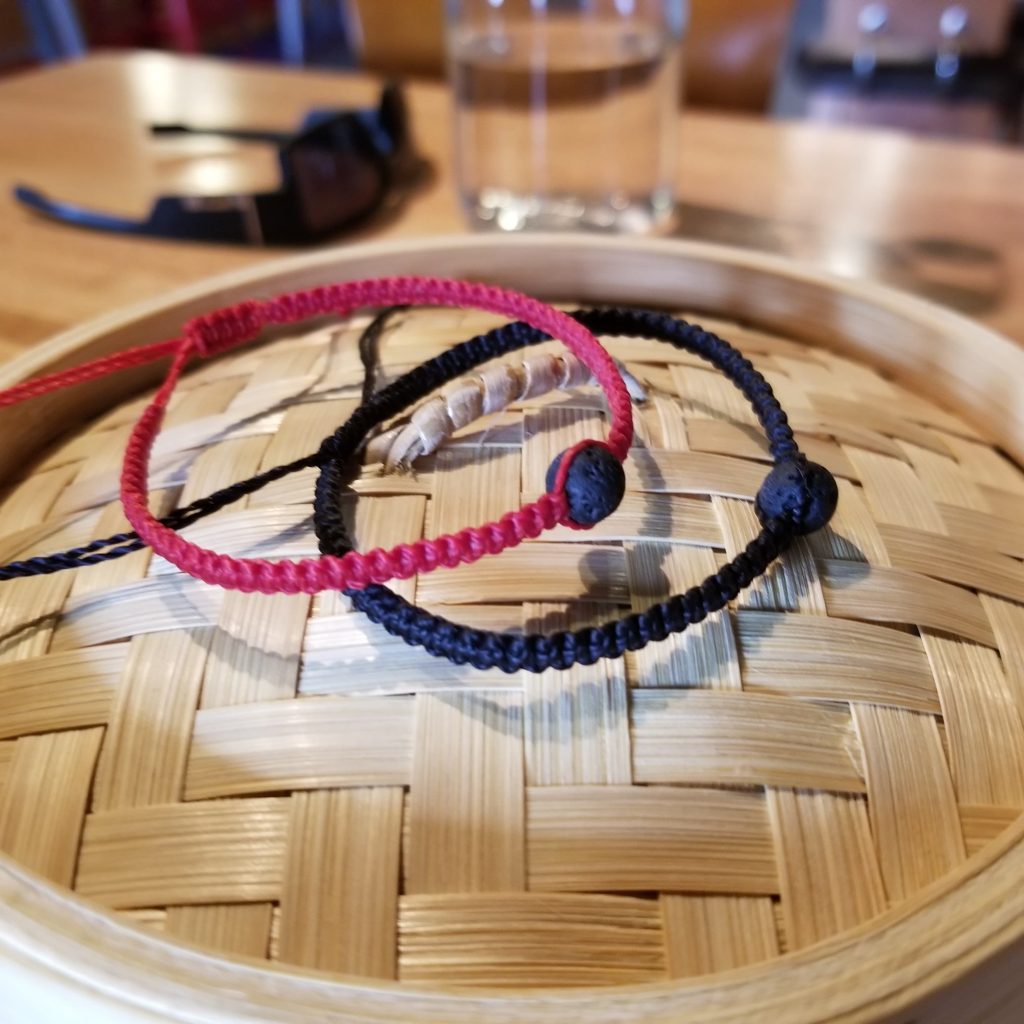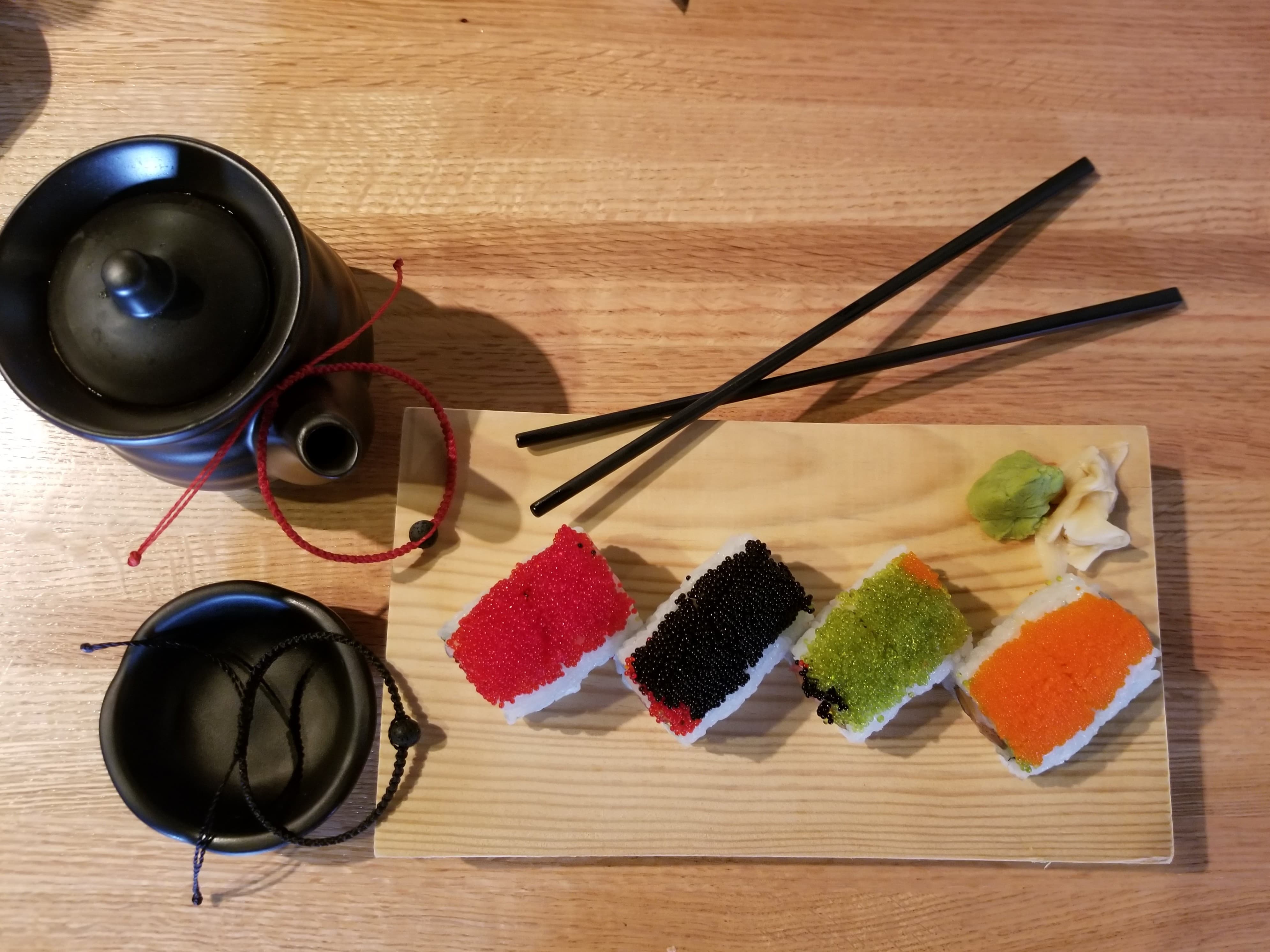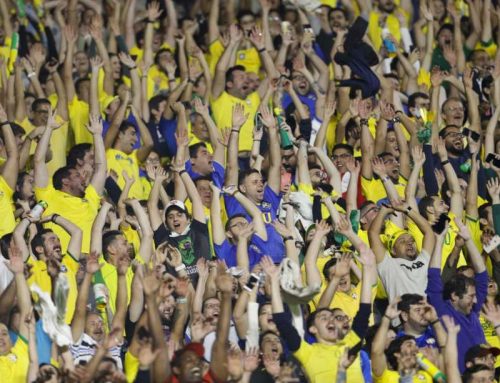Today, the Japanese government announced the name of the new imperial era: Reiwa. The government has not yet issued the official translation of the name’s meaning, but it combines the characters “Rei” which can have meanings related to “order” but also “auspicious”, and “Wa” meaning “peace” or “harmony”. Reiwa will replace Heisei, the name of the current imperial era. Heisei literally means “become peace,” and the era began in 1989 when the current Emperor Akihito took the throne. Thus, the year Heisei 1 is 1989, Heisei 2 is 1990, and Heisei 3 1991 and so on.
While almost unknown outside Japan, the name of the Imperial era which forms the basis for the country’s calendar has been the subject of weeks of media speculation. The era prior was called Showa, and dates from 1926–1989. Showa literally means “shining Japan” and the country’s history is divided up into a series of eras. For example, the era before Showa was the Taisho Period (1912–1926) and before that was the Meiji Period (1868–1912) with each marking the rule of a different emperor.
This Japanese imperial system is used throughout the country on official documents as well as in daily life. This can be confusing for foreigners and can make year-conversion tricky even for Japanese people. Naturally, each era is defined by its events, culture, thought and fashion. Today, when stuff looks retro in Japan, people often refer to it as “Showa-poi” or “Showa-like.” As time passes, the same will be said of Heisei buildings, culture and fashion.
The current Heisei Period will end on April 30, 2019 (or Heisei 31) when Emperor Akihito abdicates the throne and the Reiwa Era is expected to start on May 1, 2019. Crown Prince Naruhito is expected to be enthroned in October 2019 and only time will tell what will define the new era for future Japanese generations. Meanwhile, we at VOS® celebrated this announcement by enjoying some fresh sushi and great company due to our sincere appreciation for the Japanese culture!



